Below is a look at Canadian mining globally with a special focus on Haiti, another country where Canadian mining companies have engaged in human and environmental abuses. One example is "the Pueblo Viejo mine--now run by two Canadian mining companies, Barrick and Goldcorp" (https://pulitzercenter.org/stories/haiti-sitting-gold-mine). The article has pictures showing the damage done to the environment, the atrocious working conditions, and the risks faced by homes neigbouring the mine.
Dominican Republic Pueblo Viejo mine on August 7, 2009; one would be hard put to find deforestation due to charcoal production that looks quite as bad as this
The following article gives a global picture of Canadian mining companies with a special focus on Haiti.
Canada is a major player in the international mining industry and a global hub for mining financing. As of October 2015, 1472 mining companies were listed on the Toronto Stock Exchange and had shares in more than 5700 mining properties, with 200 active mines in Canada. According to Natural Resources Canada, Canadian mining assets abroad totalled 169.7 billion dollars in 2014. Moreover, Canadian direct investment in mining abroad
reached 69.03 billion dollars in 2014. This is the third largest sector and represents 18% of the total of Canada’s direct investment abroad.Canadian mining companies are active in 104 countries across the world. The top destination for Canadian mining capital is Latin America and the Caribbean, with 45.8 billion dollars invested directly into mining extraction in 2014, which is more than two thirds of Canadian direct investment in this sector.
Canadian mining companies have been in Haiti since the 1950s and remain very active in prospection and research. ...
To this end, the Concertation pour Haïti makes the following recommendations to the Government of Canada:
Stopdirectinginternationaldevelopmentassistanceanddiplomaticservices towards the promotion of mineral extraction abroad, specifically in Haiti.
StrengthenthecapacityofHaitianinstitutionstoevaluateandfollowuponthe impacts of mining activities, namely their environmental and social impacts.
Promote and support the Haitian government’s efforts to create an access to information law in accordance with its obligations under international human rights law.
Promote and defend, through international cooperation and assistance, the human rights and environmental rights of populations that are likely to be affected by the mining industry in Haiti to ensure that the people of Haiti may exercise fully their economic and social rights.
https://aqoci.qc.ca/wp-content/uploads/2017/09/pdf_cph._l_industie_re_mi...


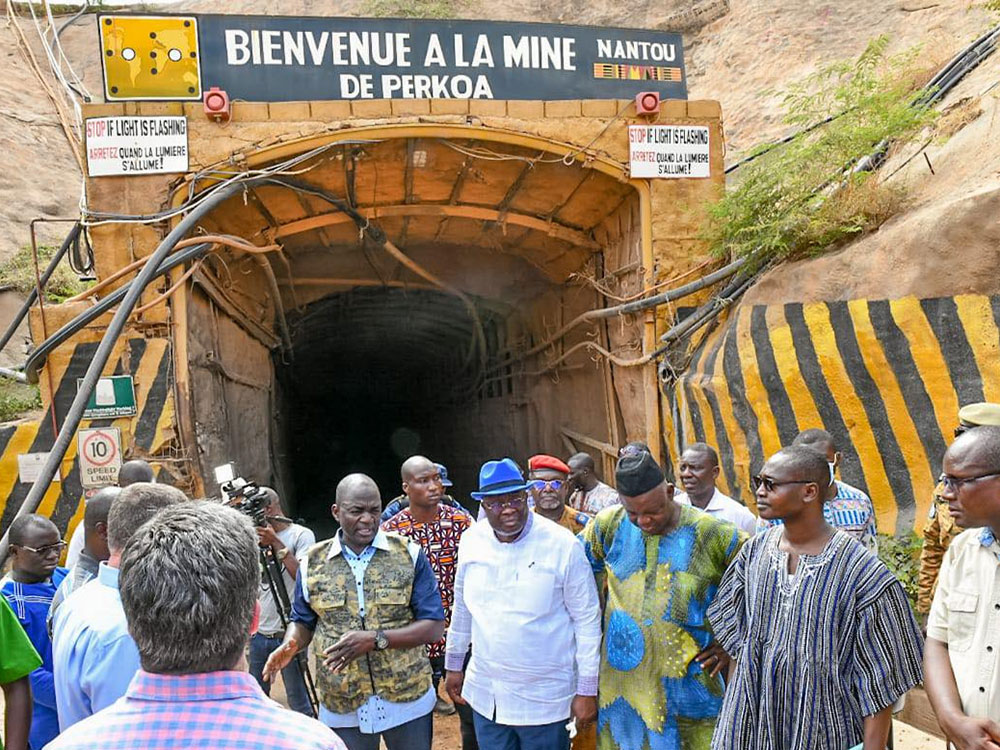


 Canadian mining companies continue to sue developing countries for environmental policies that affect their profitability, costing poorer countries hundreds of millions of dollars. Photo by R. Miller / Flickr (CC BY 2.0)
Canadian mining companies continue to sue developing countries for environmental policies that affect their profitability, costing poorer countries hundreds of millions of dollars. Photo by R. Miller / Flickr (CC BY 2.0)
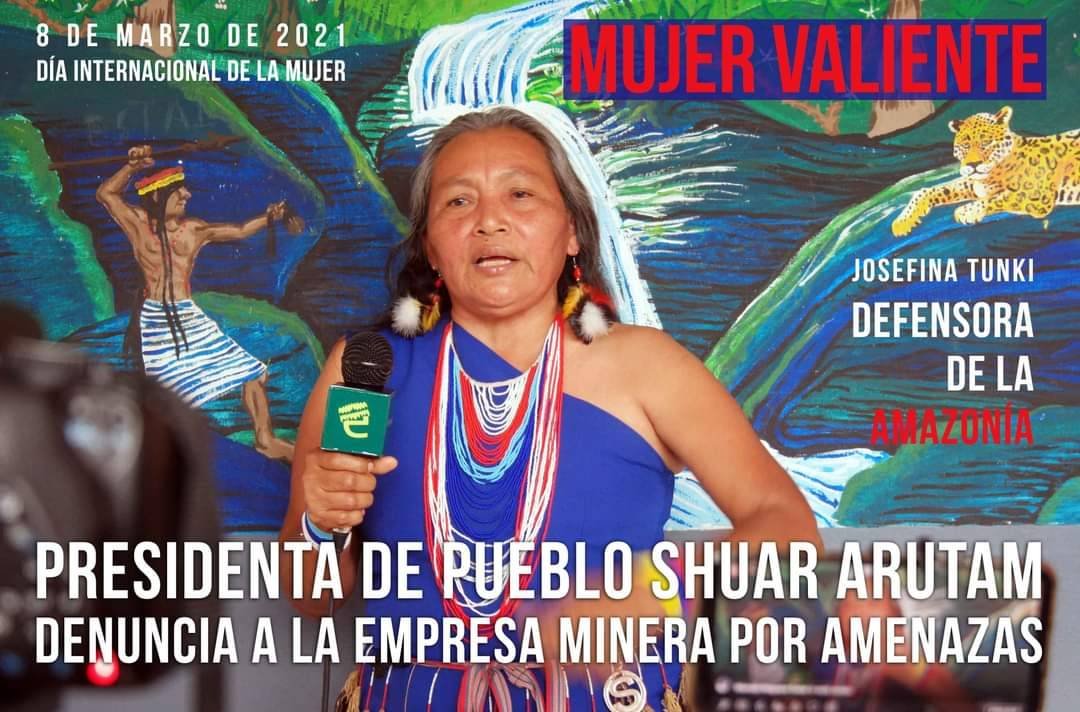





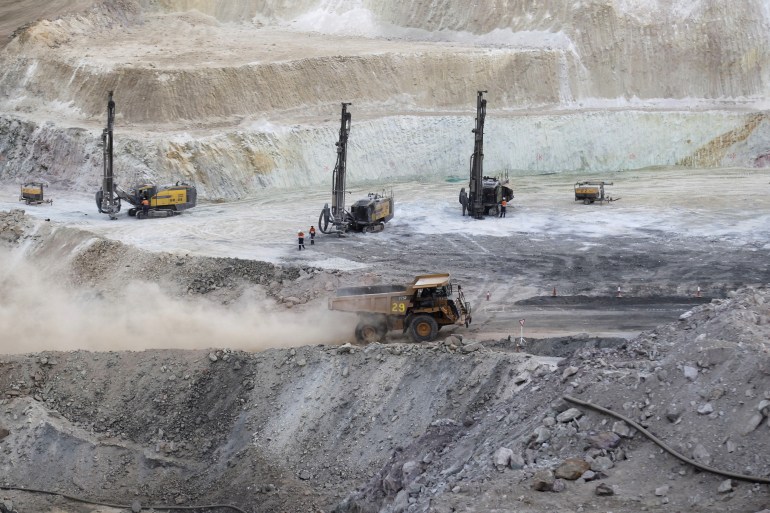

_800_450_90.jpeg)



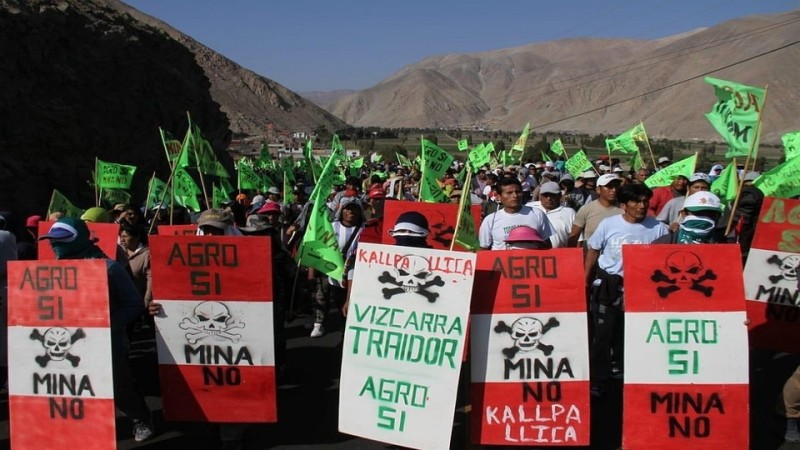

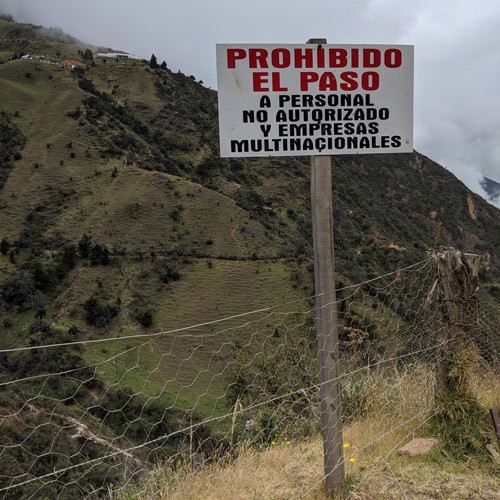
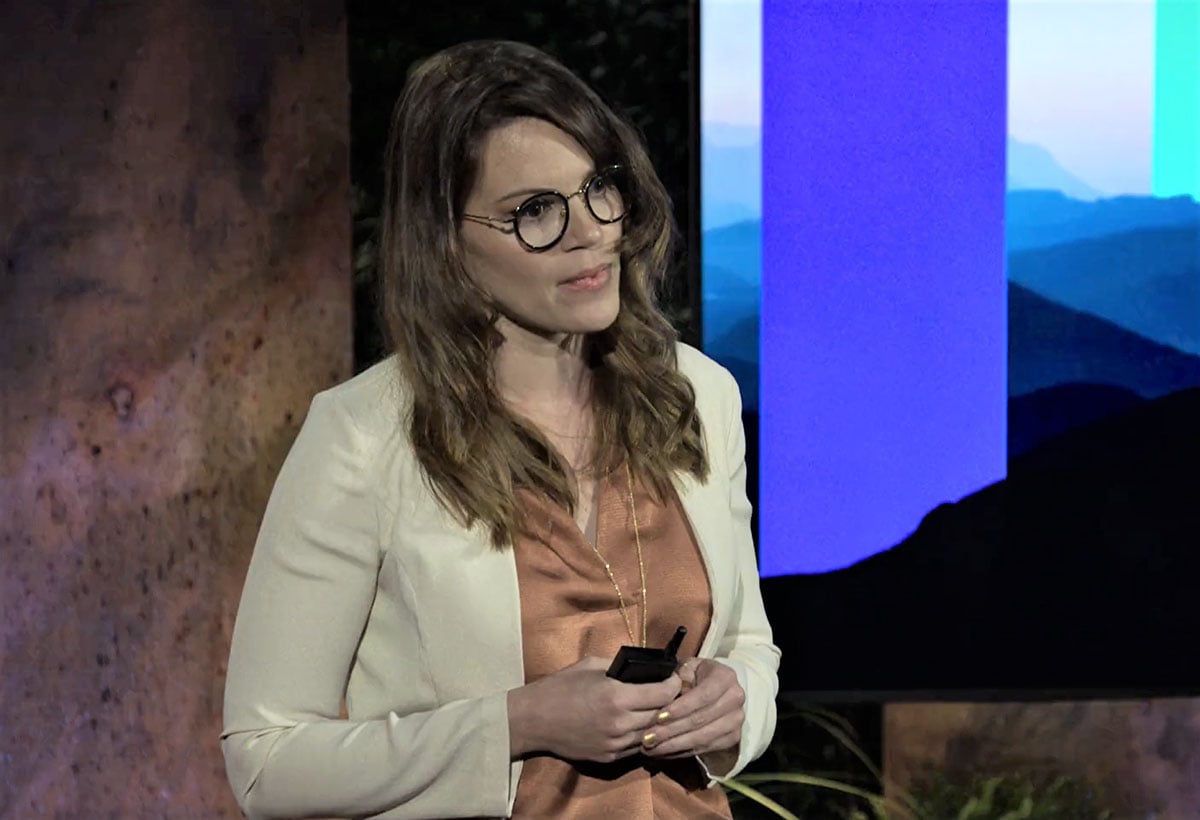

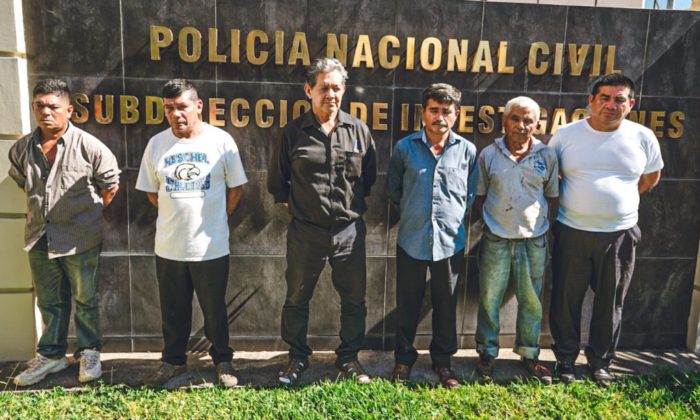
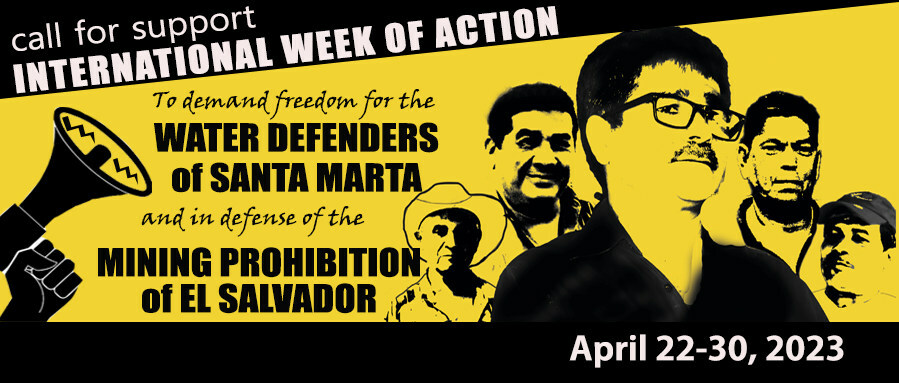

 (
(